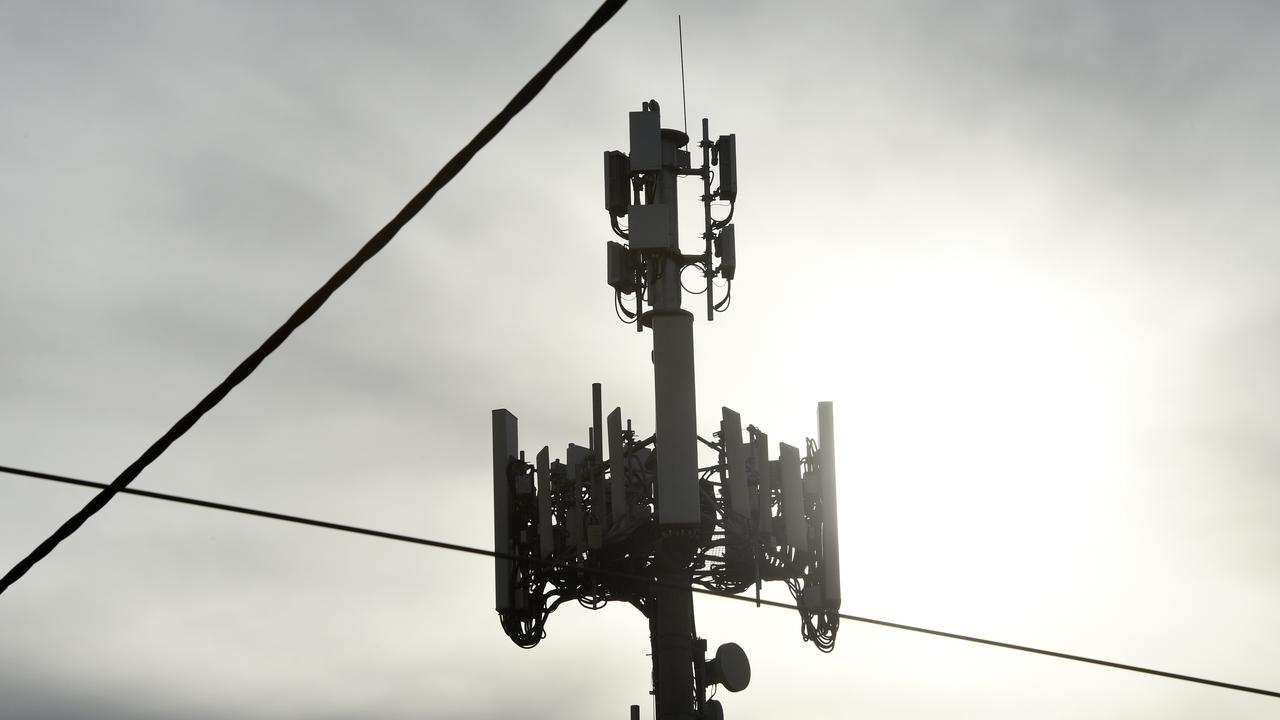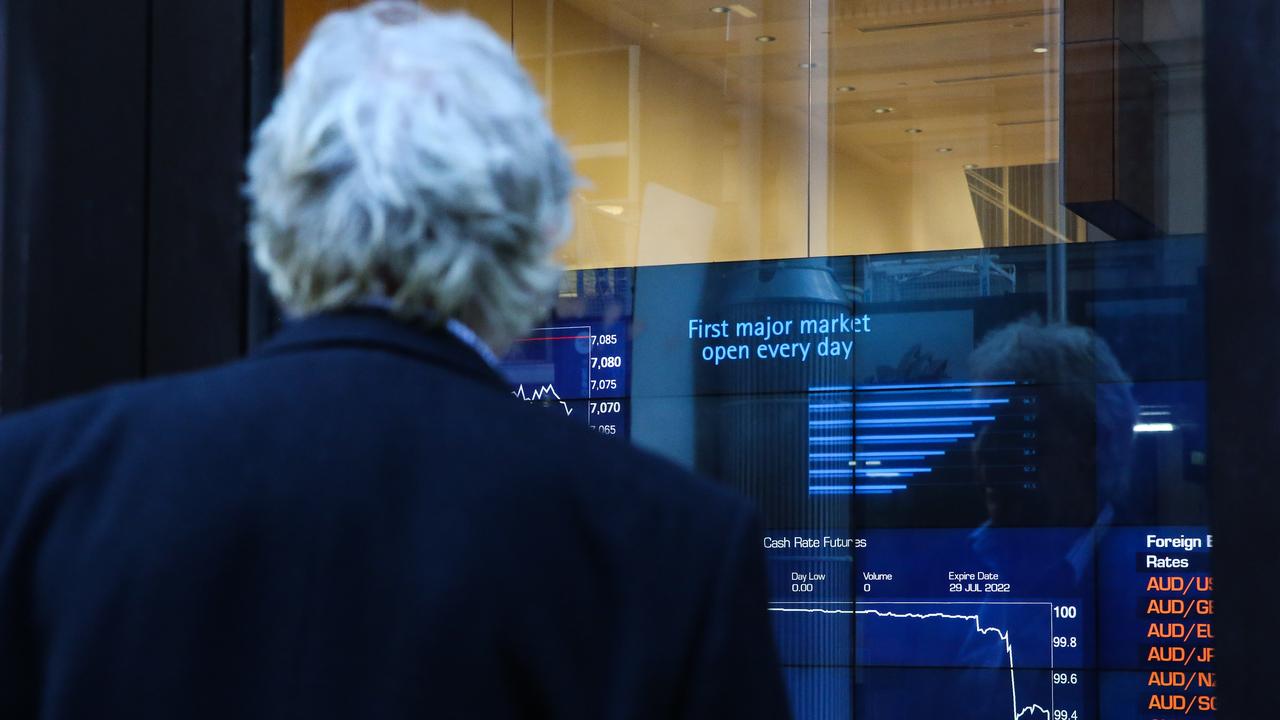QR codes make business card information digital
FIDDLING with pieces of cardboard is so 20th century. Read this to find out how to go digital with QR codes.

WHEN it comes to exchanging contact details, business cards are still the method of choice for most professionals.
But fiddling about with pieces of cardboard is slowly becoming a thing of the past, thanks in part to a flood of free programs for making and reading Quick Response barcodes.
Known more simply as QR codes, these seemingly random jumbles of shapes are a quick and easy way to exchange online data with other people.
The codes can contain text, website and email addresses, phone numbers, electronic business cards and even locations on Google Maps.
They can easily be printed onto a piece of paper, T-shirt or any other physical media you care to use, or you can simply "read" them off a computer monitor or mobile phone screen.
All you need to do to decode the data is grab your camera phone, install a QR code reading application, aim it at the code, and the information is transferred instantly to your phone.
The beauty of it, of course, is that the data is now on a digital device — no more lost business cards — and the information that can be transferred is much richer than what a piece of paper could carry.
QR codes have been in use for some time overseas, particularly in Japan, and have also been used locally in advertising and promotional material.
There's a premium QR decoding application for virtually every mobile out there, including the iPhone, Android and Nokia handsets and yes, even Windows Mobile.
There are plenty of free apps as well, that may or may not suit your needs.
How well they work at least partially relies on your camera quality. If your phone comes in at less than two megapixels, you might start to run into problems reading smaller sized codes.
Which QR app is the best for you?
 Optiscan
Optiscan
iPhone
$2.49
Optiscan is the main paid QR app for the iPhone. It does the usual, automatic scan and decode when you line a QR code up, but it also allows you to save scans in your history permanently, as well as create your own codes to share with others directly from your phone's screen.
Barcode Scanner
Android
Free
This one's available on a few platforms, but it's only worth getting for Android. The version for iPhone, called Barcodes, hasn't been updated since 2008, probably because there are so many alternatives for the Apple device. The Android version can scan both regular product barcodes — and look them up on Google for you — as well as QR codes.
QR Reader
iPhone
Free
QR Reader has both an automatic capture mode and a still photo mode, for those barcodes that just don't want to play ball. While the scan itself is quite quick, and a handy still image of the barcode is kept after the scan, it seems to have trouble correctly interpreting anything more complicated than text, numbers or website addresses.
 I-Nigma
I-Nigma
Various
Free
Apparently this is one of the most downloaded QR apps out there — but we're not sure why. It's easy to download and install, and works on pretty much every kind of device, but the interface is quite clunky and it doesn't do much other than straight scanning and history recording.
Quickmark
Various
$2.49
Quickmark is probably the best of the bunch when it comes to QR apps. The scanning is fantastic and is aided by a software-based camera zoom. It also includes social network integration, if you want it. It correctly recognises SMS codes and, at least on the iPhone, lets you directly copy text from the code into SMS, which none of the other applications we tested managed to do.



